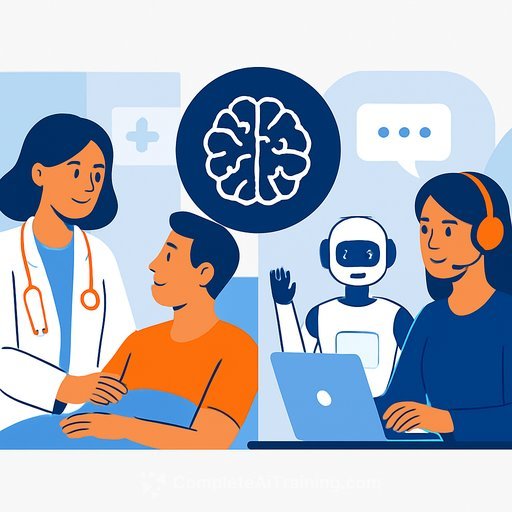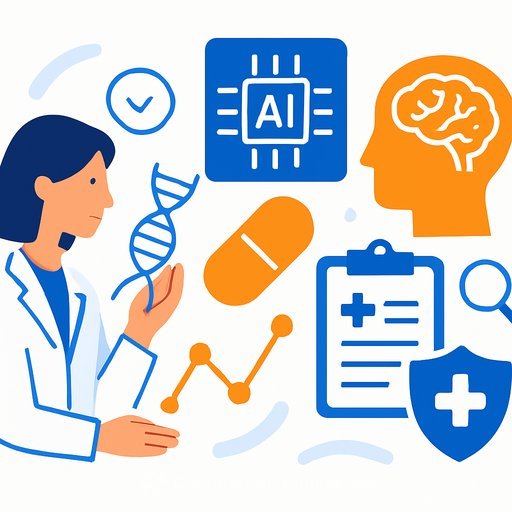AMA launches Center for Digital Health and AI
October 20, 2025 - Chicago. The American Medical Association (AMA) announced a new Center for Digital Health and AI to put physicians at the core of how digital tools and artificial intelligence enter clinical practice.
The goal is simple: build technology that fits the way care is delivered, not the other way around. Without physician input, even strong tools add clicks, create friction, and stall at rollout.
What the Center will do
- Policy and regulatory leadership: Work with regulators, policymakers, and the tech sector to set clear, safe benchmarks for AI and digital health use in medicine.
- Clinical workflow integration: Involve physicians early so tools fit real workflows and improve both patient and clinician experience.
- Education and training: Equip physicians and health systems with practical guidance to implement AI effectively.
- Collaboration: Convene partners across tech, research, government, and health care to focus innovation on patient needs.
As AMA leadership noted, AI will be a defining force in care delivery. But without a clear grasp of clinical practice and workflow, promising tools stay on the shelf. This Center gives physicians influence from design through deployment so innovations ease burden and support better outcomes.
Why physicians care right now
- Use is rising: AMA surveys show roughly two-thirds of physicians have brought AI-enabled tools into practice in some form.
- Concerns persist: About a quarter remain more worried than excited-citing data privacy, reliability, and safety.
- The Center aims to turn interest into measurable value by closing the gap between pilot and daily use.
Practical implications for your clinic or system
- Workflow first: Treat AI as a workflow change, not a feature. Map who clicks, who reviews, and who acts.
- Clinical quality: Define success upfront-accuracy thresholds, turnaround time, escalation rules, and documentation.
- Governance: Set approval, monitoring, and decommission criteria. Include clinicians, IT, compliance, and patient safety.
- Data privacy and security: Validate data sources, retention policies, model transparency, and PHI safeguards.
- Training and change management: Provide role-based training, quick-reference aids, and feedback loops.
- Equity and safety: Monitor for bias, outliers, and unintended workload shifts.
How to engage
- Identify two to three high-friction workflows (prior auth, documentation, inbox triage, risk prediction) and prioritize pilots with a physician owner.
- Stand up a small AI oversight group that meets monthly to review performance, safety events, and user feedback.
- Start with narrow, measurable use cases and publish results internally to build trust.
- Stay aligned with evolving guidance from the AMA and regulators.
Learn more about the AMA's work in digital health and AI at the American Medical Association.
If you're building internal skills, explore focused AI upskilling paths by role at Complete AI Training.
About the American Medical Association
The AMA is the physicians' ally in patient care. It brings together 190+ state and specialty medical societies and key stakeholders to remove barriers to care, prevent chronic disease, address public health threats, and drive the future of medicine.
Your membership also unlocks:






